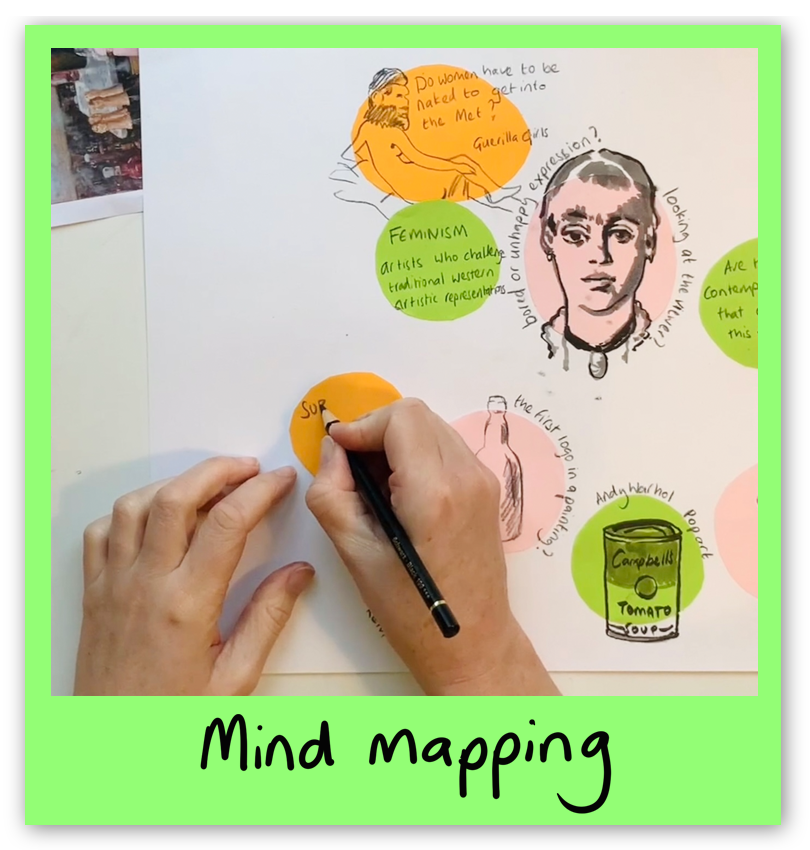
Mind mapping activity
In this video illustrator Toya Walker shares some possible techniques for visually exploring some of the themes in Manet’s bar. The materials used are coloured paper, scissors, glue stick, ink pens and pencil crayon, but any drawing materials of your choice would work.
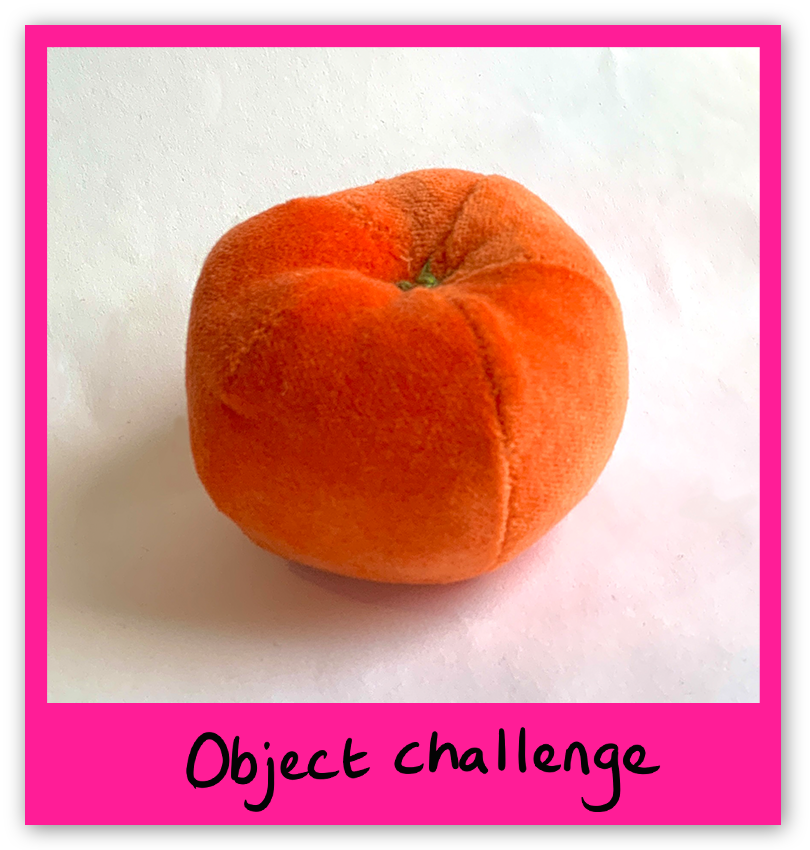
Object challenge
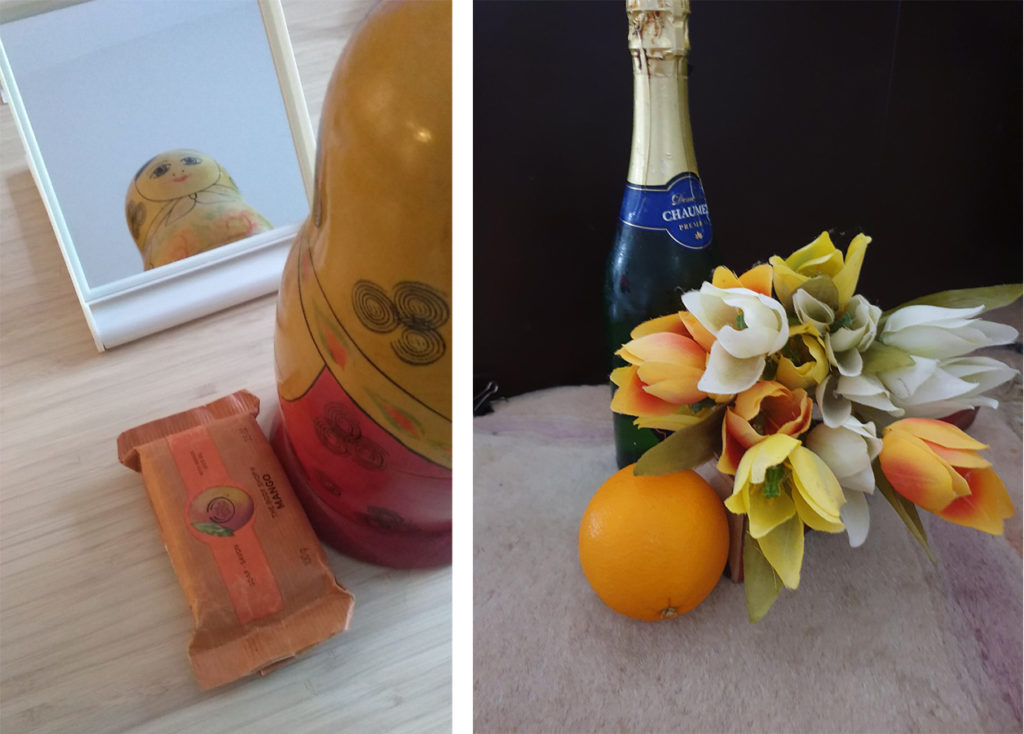
The still life objects in Édouard Manet’s A Bar at the Folies-Bergère (1882) occupy prominent positions within the painting, even though they seem at odds within this working space. The bar has no glasses and none of the bottles are open. The impractical position of the vase of flowers adds to the sense that everything has been set-up. In order to produce the final artwork, Manet mocked up a bar in his studio and had Suzon, the barmaid, pose for him outside of her shifts at the Folies-Bergère.
The still life objects contribute to the alluring atmosphere of the venue, but at the same time they refuse to add up to a coherent whole. They keep the viewer looking and guessing.
Task:
Collect three objects from your surroundings that relate to Manet’s painting somehow. Choose how to photograph them and share with #Courtauldcreate. You may want to compose a still life, or perhaps pose with the objects like a reconstruction of the painting. This activity is interesting if you can share and discuss images with friends and peers. See if they can guess what you are trying to show.
Example by Remy
“I chose the Russian doll to show the guise that the barmaid would adopt during work, absently smiling on the outside whilst we the viewer aren’t too sure of her true feelings. The mango Body Shop soap is a luxury item, and I thought it would reflect the luxury of the candied oranges more than a normal orange. The mirror is meant to both show the perspective of the viewer in the painting, and also reinforce how we know little to nothing about the barmaid other than what she shows.”
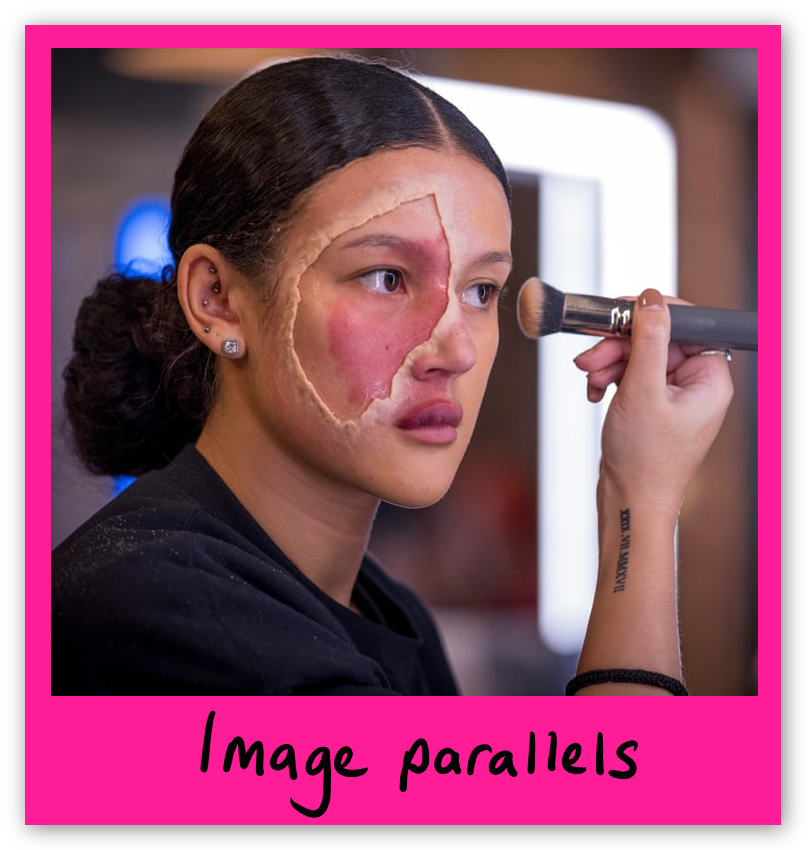
Image parallels
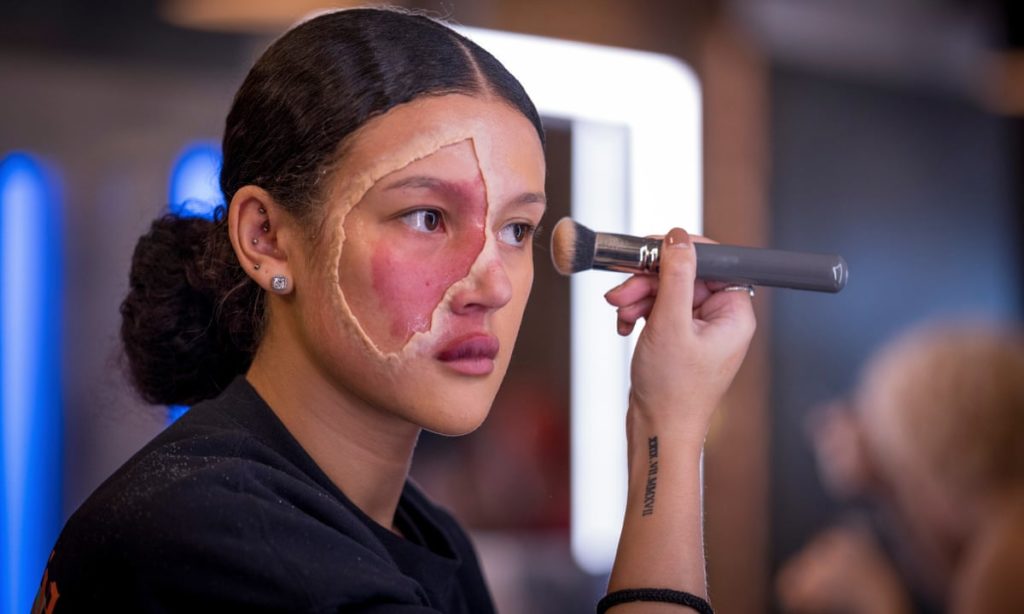
Just as Manet himself did, contemporary artists sometimes recreate or take inspiration from artworks from previous times to draw parallels and make a comment on contemporary culture. See for example Mickalene Thomas’, Le Déjeuner Sur L’herbe: Les Trois Femmes Noires (2010) and Jeff Wall’s Picture for Women (1979).
Task:
Using one of the suggested themes, or using your own, find an artwork or image that makes an interesting contemporary parallel to Édouard Manet’s A Bar at the Folies-Bergère (1882). This could be an image from an art gallery or something you find in an advert, magazine or social media.
Example by Barbara
“This image is from a TV show that I’ve been watching. It’s called ‘Glow Up’ and it’s all about the art of makeup. This contestant is looking in the mirror and obviously doing this makeup, but at the same time she’s creating a new identity within the makeup. I just found that really interesting because makeup is an art and a kind of mask.”
Image: Glow Up: Britain’s Next Make-Up Star, BBC
Write down a few bullet points to compare and contrast Manet’s painting with the image you have selected.
- Do any of the experiences represented in the original painting seem recognisable to us today?
- How might people’s ideas about leisure in the city have changed and/or stayed the same?
- Do you think Manet’s representation of an urban service worker feels relevant to contemporary society? Why or why not?
As a next step, consider what the opposite image would be to the image you have just found. For example, it could show a different power relationship between the gender roles represented in Manet’s painting and your image.
This part of the resource offers practical routes to engaging with Édouard Manet’s A Bar at the Folies-Bergère (1882) to generate ideas for your response.
Most of the activities take 5-10 mins. You can try one or all of them individually or working in a group. The results will be most interesting if you are able to share and discuss them with other people.
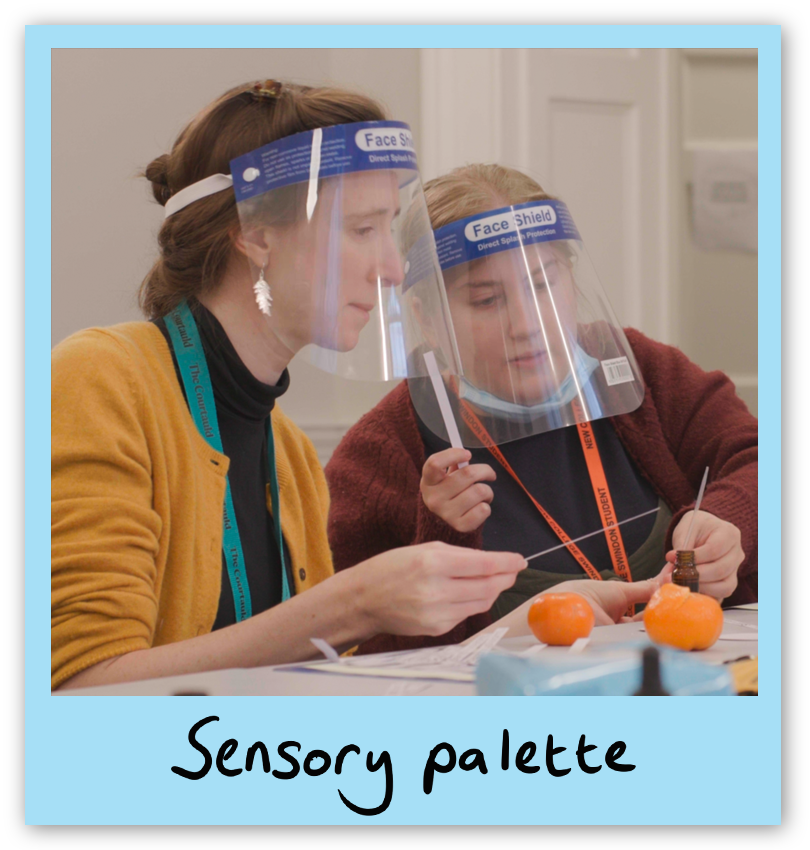
Sensory palette activity
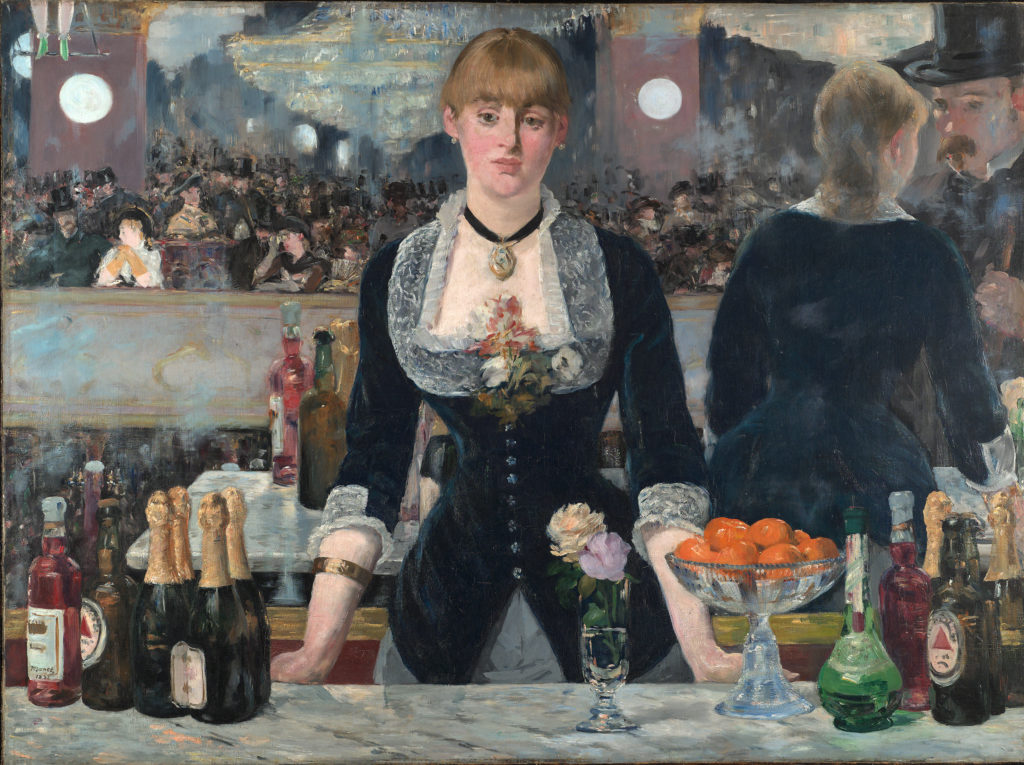
Put yourself in the place of Manet’s barmaid. It’s late in the evening, the venue is full and the performance is underway. You are separated from the crowds by the marble bar and lean on it slightly to steady yourself. You pause, just for a moment.
Create a sensory palette by writing down how people, objects and elements of the space appeal to or affect each of your five senses (sight, smell, sound, taste and touch). Aim for a mind-map effect. You can use nouns or verbs or a combination, e.g. clinking glasses, waxy oranges.
Do the same thing for a place that you have been to, busy with people mingling together or doing their own thing. This could be a shopping centre, a busy restaurant or a music venue, for example.
How do the two sensory palettes compare? What are the similarities and differences?
What feelings are provoked by the sounds, sights, smells and tastes in each place?
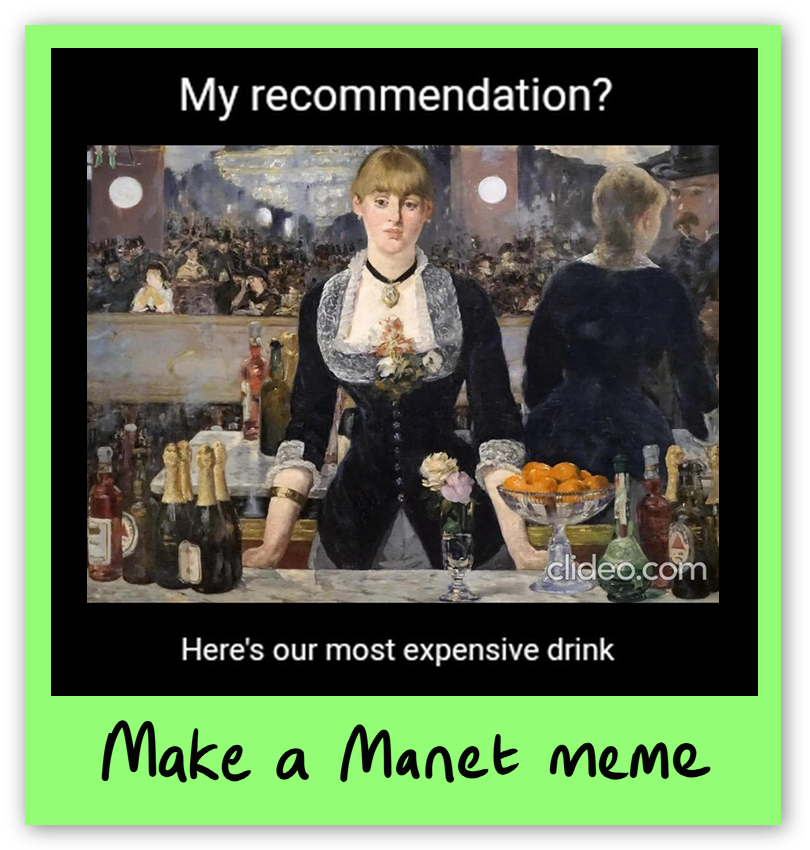
Make a Manet meme
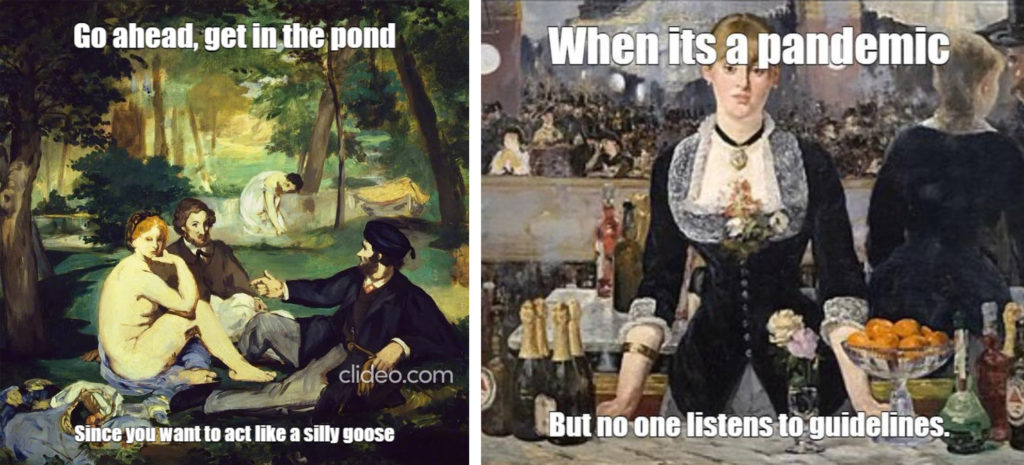
Édouard Manet (1832-1883) drew on both art history and direct experience of his modern environment in order to invite new ways of looking at art.
He admired Italian and Spanish artworks going back to the 16th century and would sometimes borrow elements of their compositions or the poses of figures. He also selected bold contemporary subjects that were inevitably viewed in relation to popular culture of the time.
Task:
Pick a Manet artwork from The Courtauld Collection and come up with a meme that connects it to mass culture today. Memes are a great way of engaging wider audiences with art history. Share your creation with #Courtauldcreate.
Tips:
- Make your meme suitable for all ages and for people without an art history and/or gallery visiting background
- Aim for a simple, one-line statement that makes the viewer look again at the artwork and distils a comment or observation about contemporary life
- Popular art memes often make an unexpected and/or humorous link with common human experiences (e.g. relationships, work, fashion, technology)
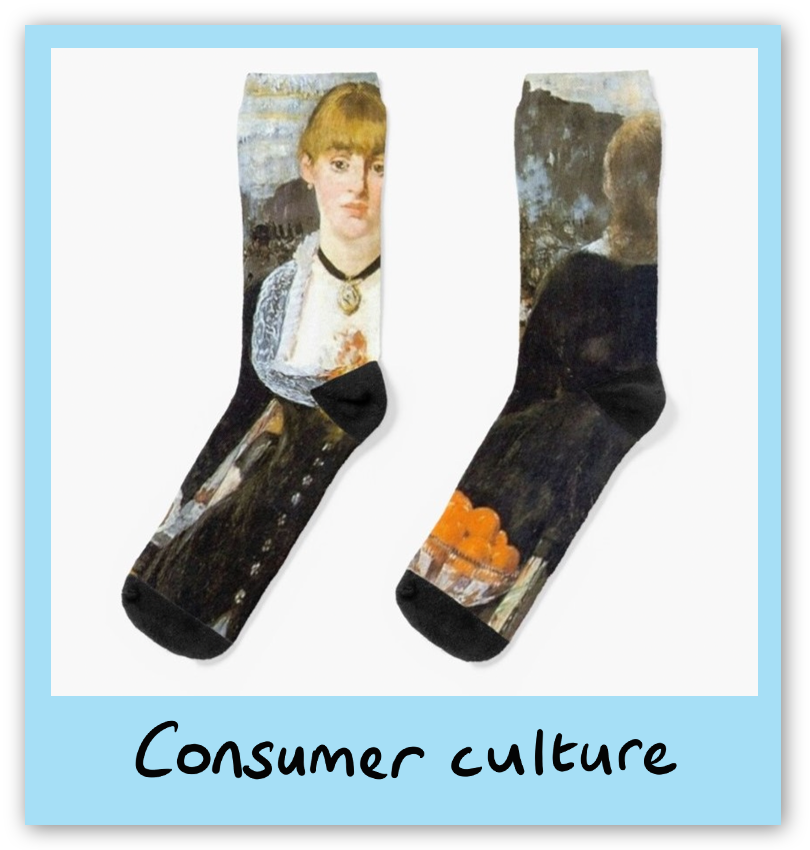
Consumer culture activity
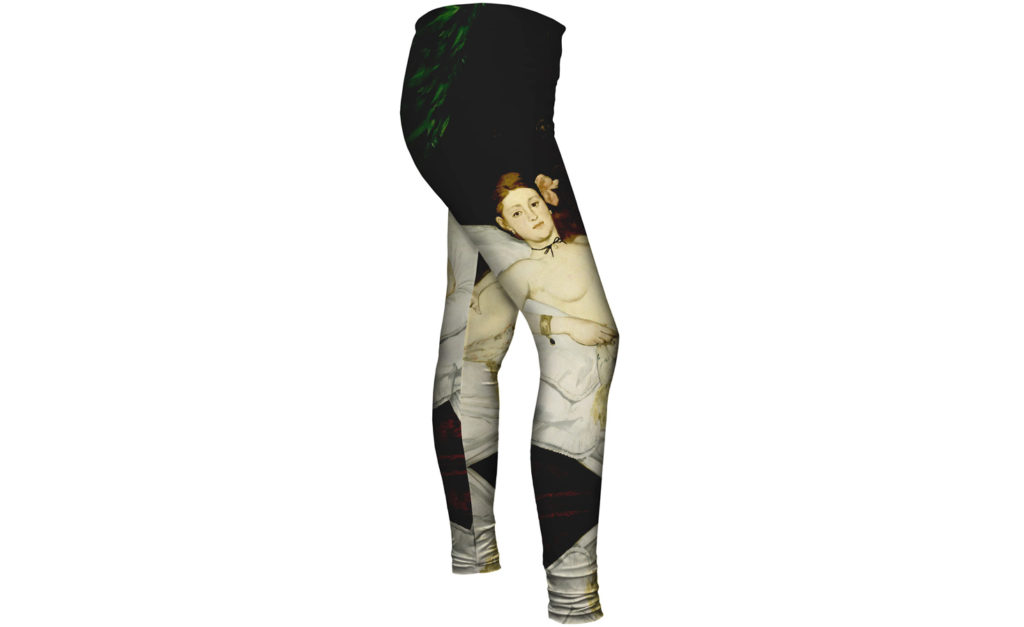
We’ve all seen everyday objects for sale with a famous image printed on them. Why do shops and manufacturers choose to use famous images in this way?
How could aspects of the painting be reproduced as surface decoration on objects of mass consumerism? Would it be fun to own a pair of socks with the barmaid on them? What kind of comment could be made about the painting or consumerism by reproducing the image for consumer culture in this way?
Make a Manet meme:
Édouard Manet (1832-1883) drew on both art history and direct experience of his modern environment in order to invite new ways of looking at art.
He admired Italian and Spanish artworks going back to the 16th century and would sometimes borrow elements of their compositions or the poses of figures. He also selected bold contemporary subjects that were inevitably viewed in relation to popular culture of the time.
Task:
Pick a Manet artwork from The Courtauld Collection and come up with a meme that connects it to mass culture today. Memes are a great way of engaging wider audiences with art history. Share your creation with #Courtauldcreate.
Tips:
- Make your meme suitable for all ages and for people without an art history and/or gallery visiting background
- Aim for a simple, one-line statement that makes the viewer look again at the artwork and distils a comment or observation about contemporary life
- Popular art memes often make an unexpected and/or humorous link with common human experiences (e.g. relationships, work, fashion, technology)
Object challenge:
The still life objects in Édouard Manet’s A Bar at the Folies-Bergère (1882) occupy prominent positions within the painting, even though they seem at odds within this working space. The bar has no glasses and none of the bottles are open. The impractical position of the vase of flowers adds to the sense that everything has been set-up. In order to produce the final artwork, Manet mocked up a bar in his studio and had Suzon, the barmaid, pose for him outside of her shifts at the Folies-Bergère.
The still life objects contribute to the alluring atmosphere of the venue, but at the same time they refuse to add up to a coherent whole. They keep the viewer looking and guessing.
Task:
Collect three objects from your surroundings that relate to Manet’s painting somehow. Choose how to photograph them and share with #Courtauldcreate. You may want to compose a still life, or perhaps pose with the objects like a reconstruction of the painting. This activity is interesting if you can share and discuss images with friends and peers. See if they can guess what you are trying to show.
Example by Remy:
“I chose the Russian doll to show the guise that the barmaid would adopt during work, absently smiling on the outside whilst we the viewer aren’t too sure of her true feelings. The mango Body Shop soap is a luxury item, and I thought it would reflect the luxury of the candied oranges more than a normal orange. The mirror is meant to both show the perspective of the viewer in the painting, and also reinforce how we know little to nothing about the barmaid other than what she shows.”
Mind mapping:
In this video illustrator Toya Walker shares some possible techniques for visually exploring some of the themes in Manet’s bar. The materials used are coloured paper, scissors, glue stick, ink pens and pencil crayon, but any drawing materials of your choice would work.
Image parallels:
Just as Manet himself did, contemporary artists sometimes recreate or take inspiration from artworks from previous times to draw parallels and make a comment on contemporary culture. See for example Mickalene Thomas’, Le Déjeuner Sur L’herbe: Les Trois Femmes Noires (2010) and Jeff Wall’s Picture for Women (1979).
Task:
Using one of the suggested themes, or using your own, find an artwork or image that makes an interesting contemporary parallel to Édouard Manet’s A Bar at the Folies-Bergère (1882). This could be an image from an art gallery or something you find in an advert, magazine or social media.
Example by Barbara:
“This image is from a TV show that I’ve been watching. It’s called ‘Glow Up’ and it’s all about the art of makeup. This contestant is looking in the mirror and obviously doing this makeup, but at the same time she’s creating a new identity within the makeup. I just found that really interesting because makeup is an art and a kind of mask.”
Write down a few bullet points to compare and contrast Manet’s painting with the image you have selected.
- Do any of the experiences represented in the original painting seem recognisable to us today?
- How might people’s ideas about leisure in the city have changed and/or stayed the same?
- Do you think Manet’s representation of an urban service worker feels relevant to contemporary society? Why or why not?
As a next step, consider what the opposite image would be to the image you have just found. For example, it could show a different power relationship between the gender roles represented in Manet’s painting and your image.
Consumer culture:
We’ve all seen everyday objects for sale with a famous image printed on them. Why do shops and manufacturers choose to use famous images in this way?
How could aspects of the painting be reproduced as surface decoration on objects of mass consumerism? Would it be fun to own a pair of socks with the barmaid on them? What kind of comment could be made about the painting or consumerism by reproducing the image for consumer culture in this way?
Sensory palette:
Put yourself in the place of Manet’s barmaid. It’s late in the evening, the venue is full and the performance is underway. You are separated from the crowds by the marble bar and lean on it slightly to steady yourself. You pause, just for a moment.
Create a sensory palette by writing down how people, objects and elements of the space appeal to or affect each of your five senses (sight, smell, sound, taste and touch). Aim for a mind-map effect. You can use nouns or verbs or a combination, e.g. clinking glasses, waxy oranges.
Do the same thing for a place that you have been to, busy with people mingling together or doing their own thing. This could be a shopping centre, a busy restaurant or a music venue, for example.
How do the two sensory palettes compare? What are the similarities and differences?
What feelings are provoked by the sounds, sights, smells and tastes in each place?

